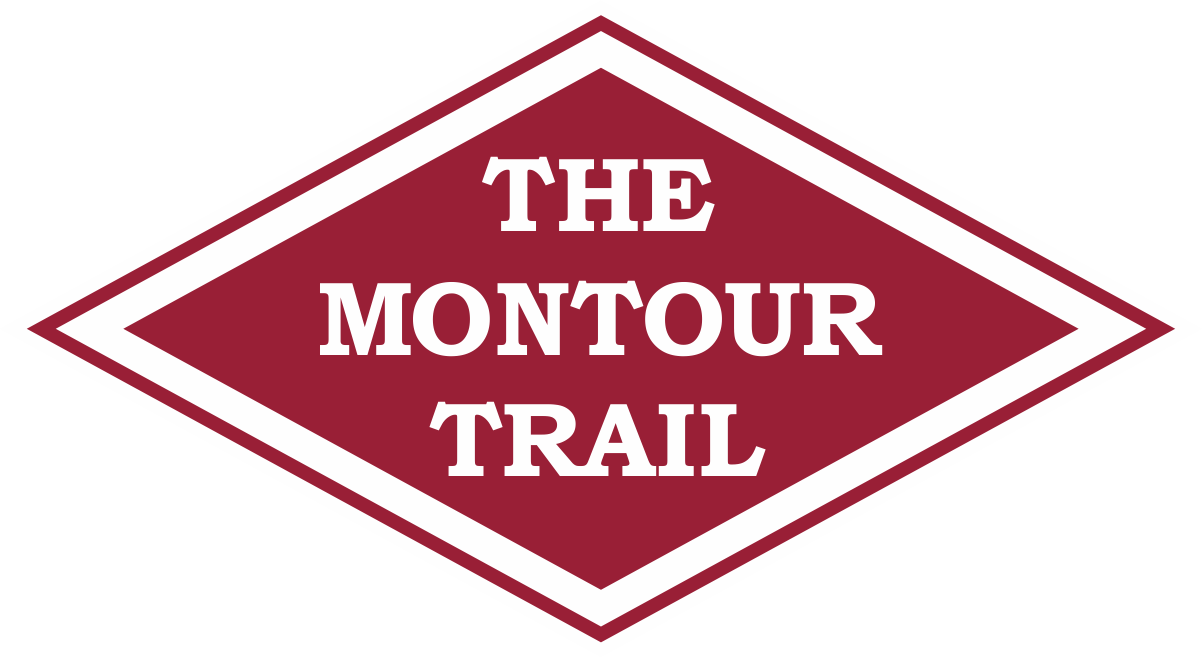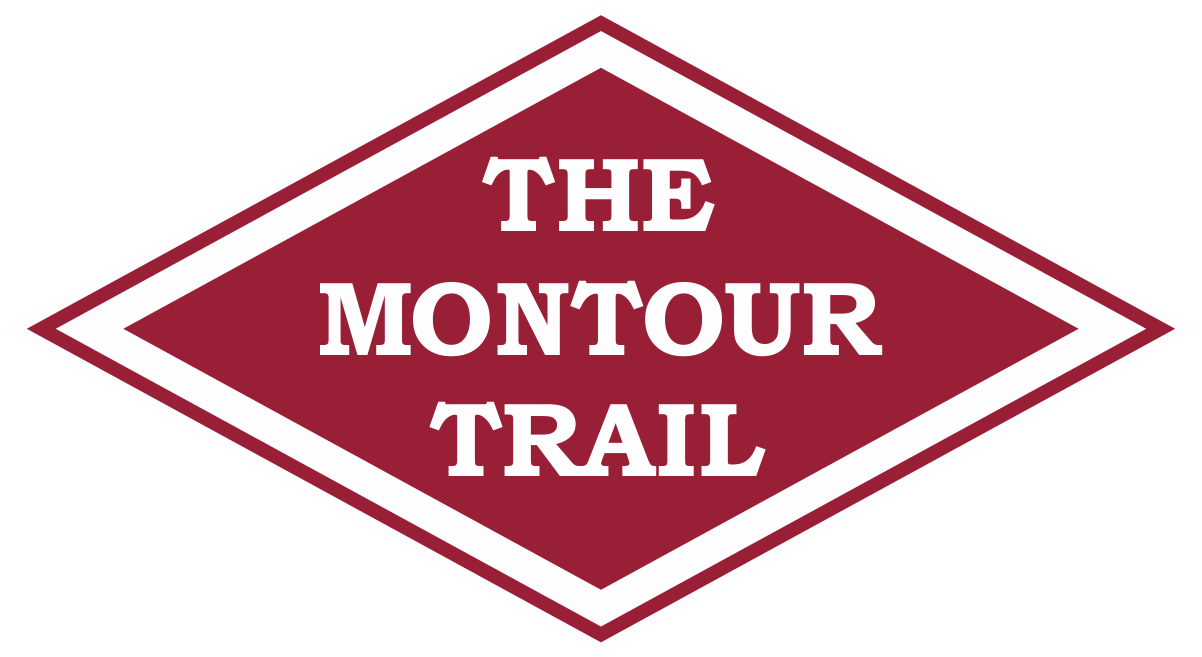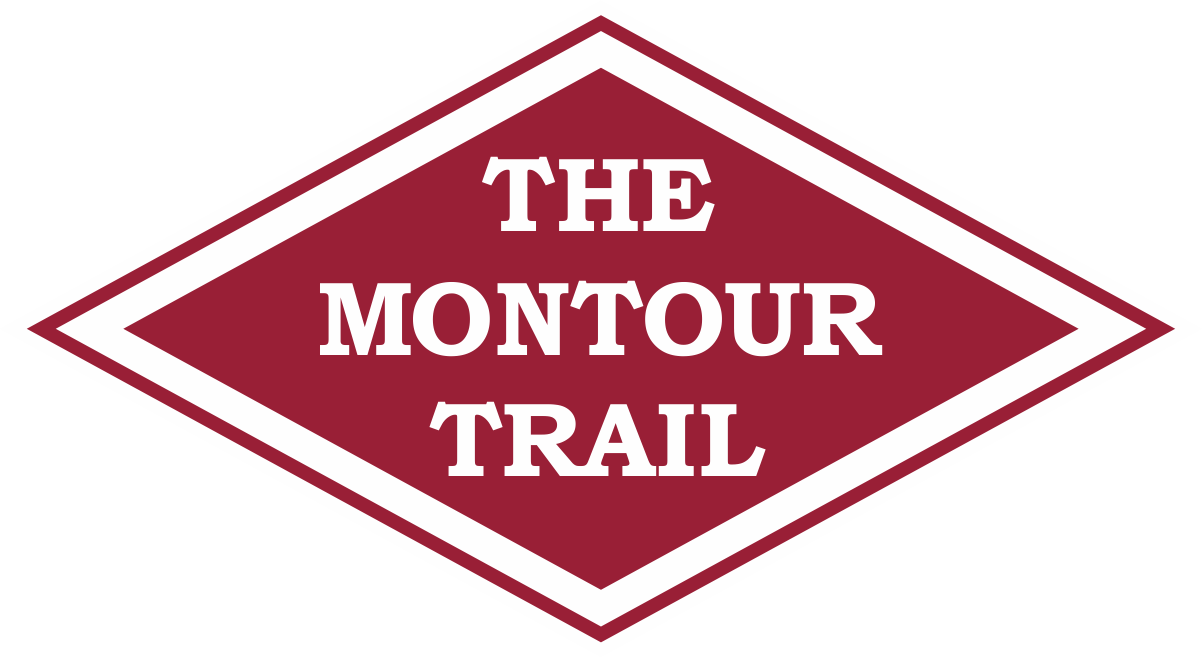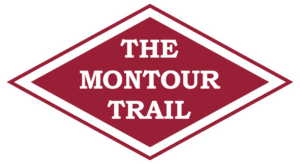The EBike Conundrum
By Deb Thompson

Deb Thompson has served the Montour Trail Council in many capacities, including Board of Directors president as well as member of Operations, IT/GIS, Tour the Montour Planning, and Membership & Community Outreach committees. Prior to retirement, Deb held leadership positions in an environmental consulting firm. She resides in Scott Township with her husband, Dave Hajnik, and enjoys cycling, hiking, and wildflower photography. Her website, myWildflowers.com, includes nearly 2,100 photos of over 430 species of flowers from trails of the northeastern U.S.
Perhaps one of the knottiest problems in the history of the Montour Trail is how-the-heck to deal with ebikes. We started a rail-trail in the days when no one knew what that was, managed to rebuild after Hurricane Ivan in 2004, and rebuilt the McDonald Trestle and the Library Viaduct, but it seems that none of these has generated the hand-wringing and controversy as deciding how to manage ebikes.
First, let’s be clear about the definition of ebike, or electric bicycle. An ebike is a bicycle (or tricycle) with an integrated electric motor. Ebikes are manufactured in two general categories: pedal-assist and throttle-control (power-on demand). Pedal-assist cycles provide extra power while the user is pedaling. The pedals must be operated or the bike will not move. The throttle-control models allow the bike to be operated without pedaling, rather like a scooter. However, throttle-control cycles can also be operated in pedal-assist mode. (A model which does not include a pedal-assist mode is called an electric motorcycle, and does not meet the definition of ebike.) Check the Wikipedia page for Electric Bicycle for more information.
Over the past couple of years, ebikes have become tremendously popular, with use expanding to the point where it is no longer viable to ban the from the trail. The new devices come with both advantages and disadvantages. On the side of advantages, ebikes allow people with physical limitations to enjoy more and longer rides than may have been otherwise possible. Ebikes also permit slower riders to join up with their faster friends without feeling that they are constantly holding everyone up. However, disadvantages include the fact that ebike riders often travel at higher speeds, creating unsafe conditions and disrupting the quality of the trail experience for other users, potentially damaging the limestone trail surface, and sometimes encouraging unsafe behavior by other trail users. The risk related to higher speeds can pose problems for both the riders and fellow trail users. The Montour Trail is a multi-use trail, so safe and enjoyable conditions need to be maintained for all of our user groups, including cyclists, walkers, runners, pets, and children.
As the Montour Trail is privately owned, federal and state highway rules as well as state park regulations do not apply, and we have the authority and responsibility to set rules for the Trail. Ebike rules were first established for the Trail a few years ago, and these were updated earlier this year. More changes are likely as we continue to grapple with this situation, so please continue to follow our newsletter and website for current information.
Here are the current rules. Ebikes must:
- have pedals and be operated only in pedal-assist mode
- have 750 watts of power or less
- weigh a maximum 100 pounds
- be no more than 36 inches wide
- be operated at a speed safe for conditions, but no faster than the 15-mph speed limit
These rules are intended to keep ebikes operating within conditions compatible with other trail use and users, and to maintain the quality of the trail experience.
These rules do not apply to mobility-impaired visitors, for whom separate rules are posted on our website. Also note that these rules apply only to ebikes. Other electric-powered devices (one-wheels, razors, electric motorcycles, scooters, etc.) are prohibited. As always, all internal-combustion engines are prohibited.
Remember, our goal here is to provide a safe and enjoyable experience for everyone. We have struggled with negative feedback from riders who want to go as fast as they can, but higher speeds are simply not safe and appropriate for the Trail. The Montour Trail is maintained and administered entirely by volunteers, whose work includes keeping up with new technology like ebikes. If you’d like to help us, drop us an email.
Deb Thompson wrote this article as part of her “Prez Sez” Trail-Letter series while she served as Montour Trail Council president.



